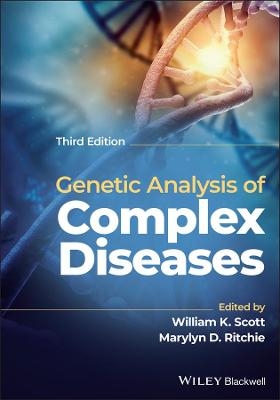
Chromosomes
Chapman and Hall (Verlag)
978-0-412-55530-5 (ISBN)
1 Chromatin structure and replication.- 1.1 Chromosome structure.- 1.2 Evidence that DNA is the genetic material.- 1.3 The double helix.- 1.4 The genetic code.- 1.5 DNA constitution.- 1.6 Higher order structure of DNA.- 1.7 Chromosome replication.- 2 Chromosome form and function.- 2.1 Structures in a chromosome.- 2.2 Heterochromatin.- 2.3 Telomeres.- 2.4 Centromeres and kinetochores.- 2.5 Nucleolar organizing regions.- 2.6 Lampbrush and polytene chromosomes.- 2.7 Double minutes and homogeneously staining regions.- 2.8 B chromosomes.- 2.9 Supernumerary segments.- 2.10 Artificial chromosomes.- 3 Chromosome identification.- 3.1 The karyotype.- 3.2 Chromosome banding.- 4 Nuclear division.- 4.1 Mitosis.- 4.2 The spindle apparatus.- 4.3 Meiosis.- 4.4 Chromosome pairing.- 4.5 Synaptonemal complex formation.- 4.6 Recombination nodules.- 4.7 Recombination and gene conversion.- 4.8 Meiosis in polyploids and structural rearrangements.- 4.9 Structural changes.- 5 Gene control by position and origin.- 5.1 Chromosome organization within the nucleus.- 5.2 Chromosomal imprinting.- 6 Mutagenesis.- 6.1 General ideas about mutagenesis.- 6.2 Changes associated with the environment.- 6.3 Chromosomal aberrations.- 6.4 Aneuploidies.- 6.5 Mutations affecting cell proliferation.- 6.6 Translocations.- 6.7 Fragile sites.- 6.8 Transposable elements.- 7 Chromosome mapping.- 7.1 Introduction.- 7.2 Genetic maps.- 7.3 Cytological maps.- 7.4 Correlation between genetic and cytological/physical maps.- 7.5 Mapping strategies.- 8 Sex chromosome systems.- 8.1 Heteromorphic sex chromosome systems.- 8.2 Mammalian sex chromosome systems.- 8.3 X inactivation.- 8.4 Mammalian sex chromosome evolution.- 8.5 Other sex chromosome systems.- 9 Evolution and speciation.- 9.1 Hybrids and cultivars.- 9.2 Speciation by karyotype changes.- 9.3 Speciation in an ancient mammalian group.- 9.4 Evolution of the hominids.- 10 Artificial manipulation of genomes.- 10.1 Manipulation of whole chromosome sets.- 10.2 Manipulationof single chromosomes.- 10.3 Manipulation producing variable genome changes.- 10.4 Single-gene transfer.- 11 Historical aspects of cytogenetics.
...an excellent introduction to cytogenetics covering chromosome structure and function, cell division, evolution, mutation, sex chromosome systems, and the artificial manipulation of genomes, with the emphasis on eukaryotes. - Aslib Book Guide; ...clear written style...accessible for the student audience...recommended as a reference... - The Biologist
| Erscheint lt. Verlag | 30.6.1996 |
|---|---|
| Zusatzinfo | X, 346 p. |
| Verlagsort | London |
| Sprache | englisch |
| Maße | 189 x 244 mm |
| Themenwelt | Medizin / Pharmazie ► Medizinische Fachgebiete |
| Studium ► 2. Studienabschnitt (Klinik) ► Humangenetik | |
| Naturwissenschaften ► Biologie ► Genetik / Molekularbiologie | |
| Naturwissenschaften ► Biologie ► Zellbiologie | |
| Naturwissenschaften ► Biologie ► Zoologie | |
| ISBN-10 | 0-412-55530-1 / 0412555301 |
| ISBN-13 | 978-0-412-55530-5 / 9780412555305 |
| Zustand | Neuware |
| Haben Sie eine Frage zum Produkt? |
aus dem Bereich


